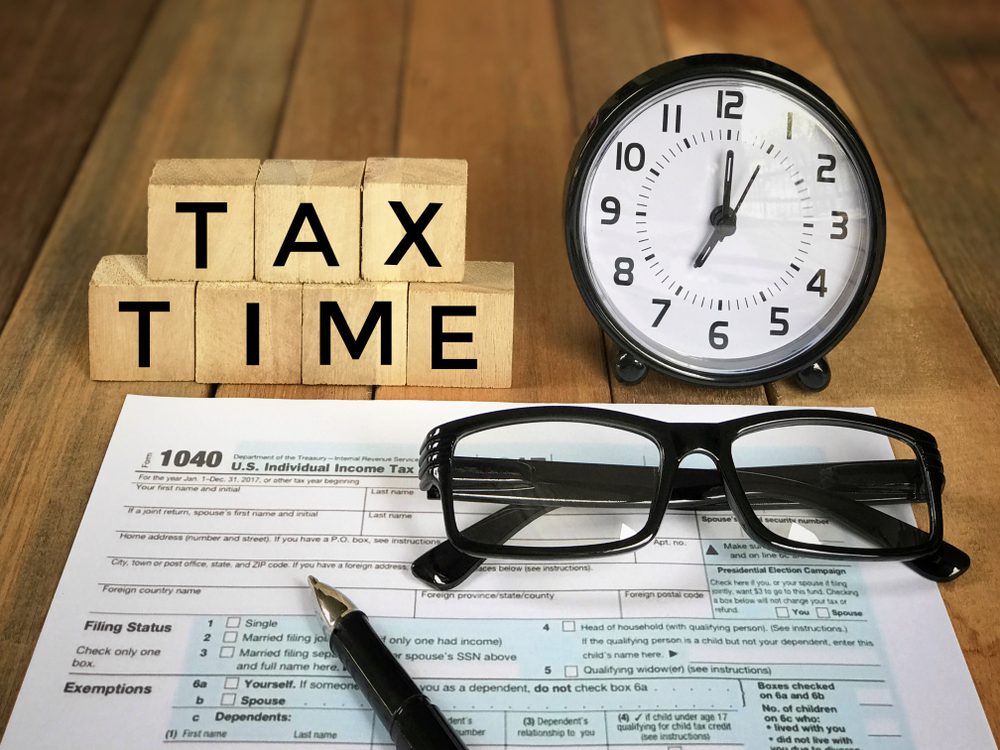7 Smart Ways To Cut Down On Your Health Care Costs
If by now you suspect that your health care costs are higher than your paycheck, you should know that you’re not wrong. As Kaiser Family Foundation has stated, the average family health care premiums have increased 55% from 2010 to 2020, and the wages rose just 27% during the same amount of time. In other …
7 Smart Ways To Cut Down On Your Health Care Costs Read More »














